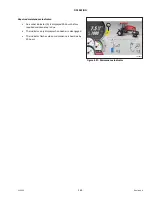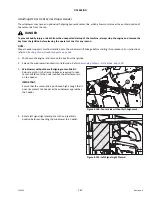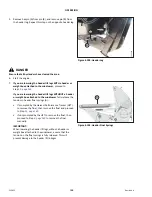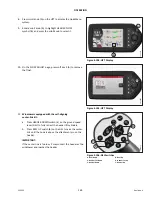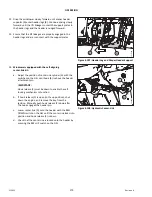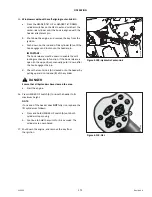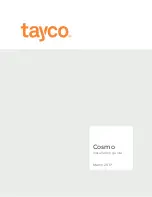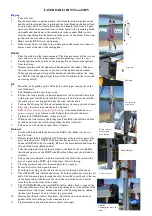
215922
157
Revision A
14. Start the engine.
1020166
Figure 4.83: Towing a Header
15. Raise the weight box until the tow bar is level. The header
is now ready for transport. For instructions, refer to
Header with Windrower, page 154
.
Towing Windrower
–
Emergency
Towing the windrower is generally
NOT
recommended. If the windrower gets stuck, or must be hauled onto a truck or
trailer, follow these steps to do so safely.
IMPORTANT:
•
NEVER
attempt to start the windrower by towing it; damage to the wheel drives may occur.
•
Failure to disengage the wheel drives before attempting to tow the header will result in transmission damage.
•
Tow the windrower only for short distances, on level ground, and at slow speed.
DANGER
When the windrower
’
s wheel drives are disengaged (turned inward), the windrower
’
s brakes and steering will be
nonfunctional, and the windrower will be able to roll away. After towing the windrower, place blocks under the front
and rear wheels to prevent uncontrolled movement.
1015527
A
Figure 4.84: Emergency Towing
1.
Before towing the vehicle, disengage the wheel drives. For
instructions, refer to
Engaging and Disengaging Wheel
.
2.
Use attachment point (A) to tow the windrower if it gets
stuck, or if it must be hauled onto a trailer for transport.
3.
When towing is complete, place blocks under the front and
rear wheels to prevent uncontrolled movement.
4.
Engage the windrower
’
s wheel drives. For instructions,
refer to
Engaging and Disengaging Wheel Drives, page 158
.























